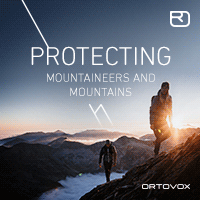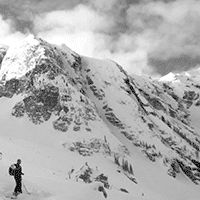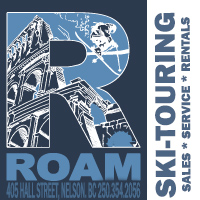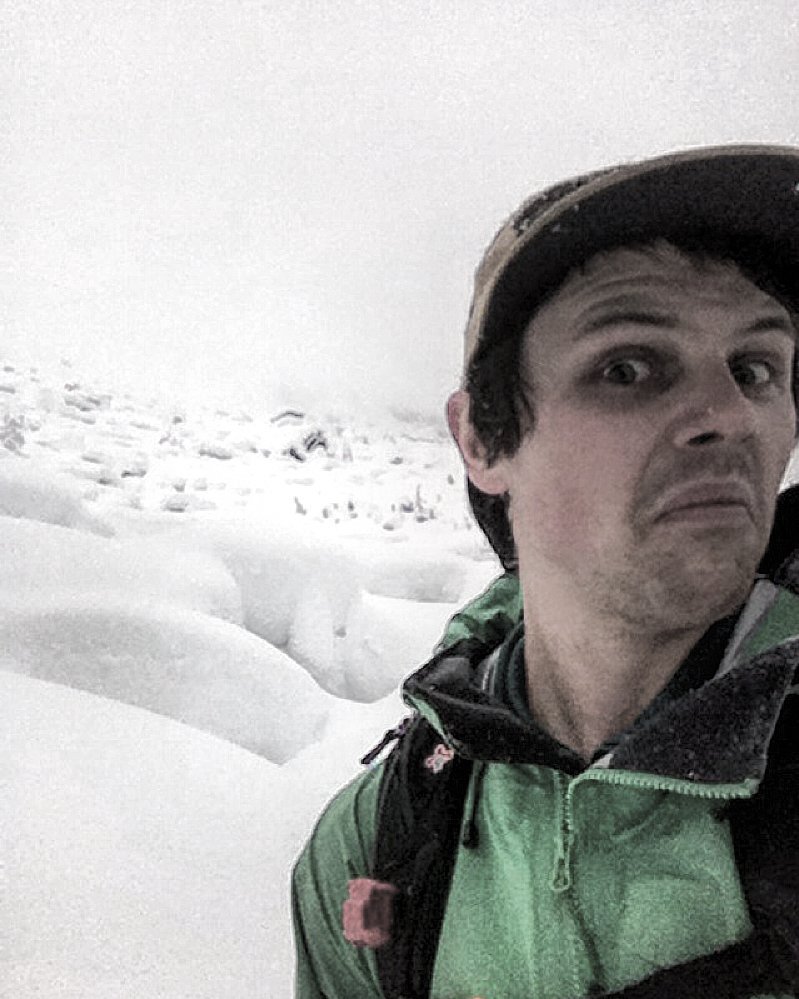Avalanche tutorial

Which one of these sound like you? Are you touring around your living room on a fresh new touring set up logging carpet miles until your AST 1 in December? Perhaps you are still riding your bike having learned over many seasons that patience is a virtue and skiing rocks and grass with a 10 cm base just isn't your thing anymore. Either way, the Avalanche Canada avalanche tutorial is for you. It will serve as a good base of knowledge prior to your AST1 or a welcome refresher to a seasoned vet before the season starts. We can all use a little continuing education or some review of a familiar topic. Putting on our avalanche hats means we need to constantly be reading and observing to keep ourselves safe for another season.
 Such a complex subject requires keeping all the tools sharp. Reading weather forecasts, checking data loggers, condition reports and once they become available, public avalanche bulletins all should be a part of your daily routine. Once in the field, a good understanding of current conditions in addition to safe travel habits and appropriate daily objectives are what keep us coming home. While it is extremely important that everyone in your team practice companion rescue ( actually practice) and be very effective in the search, extraction and first aid components, it is much more effective to avoid the avalanche in the first place. Early season conditions have produced large avalanches in the past and thin cover means rocks, stumps and open creeks make for additional hazards in the event of an avalanche. It's so important that we maintain a healthy respect for the environment we recreate in and stack the deck in our favor whenever possible. The Avalanche Tutorial can be found HERE
Such a complex subject requires keeping all the tools sharp. Reading weather forecasts, checking data loggers, condition reports and once they become available, public avalanche bulletins all should be a part of your daily routine. Once in the field, a good understanding of current conditions in addition to safe travel habits and appropriate daily objectives are what keep us coming home. While it is extremely important that everyone in your team practice companion rescue ( actually practice) and be very effective in the search, extraction and first aid components, it is much more effective to avoid the avalanche in the first place. Early season conditions have produced large avalanches in the past and thin cover means rocks, stumps and open creeks make for additional hazards in the event of an avalanche. It's so important that we maintain a healthy respect for the environment we recreate in and stack the deck in our favor whenever possible. The Avalanche Tutorial can be found HERE 







